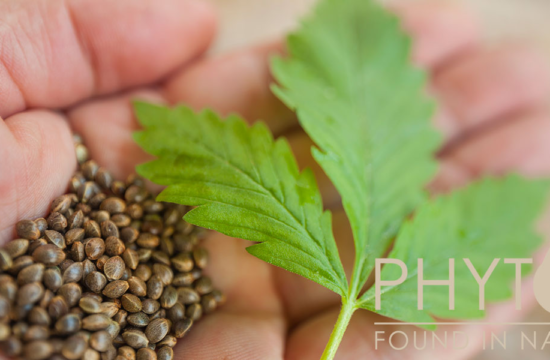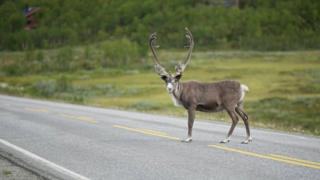

Few places are experiencing the effects of climate change as vividly as the Arctic. Scientists say temperatures in the far north have risen by more than two degrees Celsius since the industrial revolution, twice the global average.
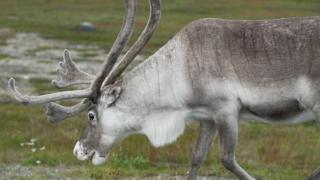

In Finnmark, on the northernmost tip of Norway, the changing climate is a challenge both for reindeer and for the indigenous Sami people who herd them. Usually reindeer forage for food through the snow. But in warmer winters the top layer sometimes melts briefly before freezing again as an impenetrable blanket of ice, starving the animals.
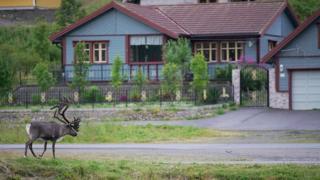

It’s not just climate change that is a challenge for the people and animals who live in the Arctic. The shift to green technology also poses problems.
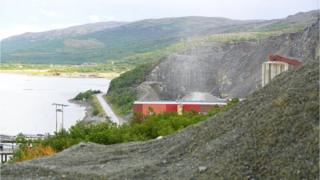

The Sami are fighting plans to mine for copper, which is in demand to build electric vehicles and wind turbines. The Norwegian government has approved a new mine here, which it says is essential to help the world economy move beyond carbon.


“This is life changing,” says Nils Mathis Sara, a Sami chief who has been herding reindeer since he was 14. “If this mine becomes a reality, that makes the chance of survival impossible – both economically and mentally. At my age we can manage, somehow. But the young, they’re in a dark, dark time.”


“They’re just taking more and more lands,” says the chief’s daughter, Inga Anne Karen Sara. “It’s mining, it’s power lines, it’s wind power.” She says the copper mine will seriously disrupt the reindeer. “How can it be sustainable to destroy nature,” she asks.
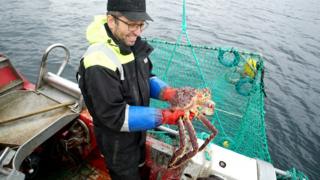

In the Repparfjord, where the mine’s debris will be dumped, Einar Julissen hauls up a basket of large crabs. “If they start mining we cannot eat the crab if we can catch it – but I think all the crab will die in this area and if they don’t die they will escape from this fjord.”
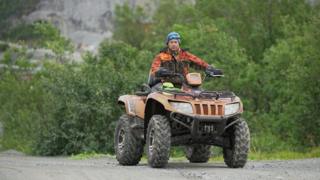

Oystein Rushfeldt, chief executive officer of the mining company Nussir, accepts there will be “negative impacts” at the bottom of the fjord as well as from noise and dust. But he denies the reindeer or the fishermen will be affected and says the mine will bring much needed jobs, revitalising a shrinking, ageing community.
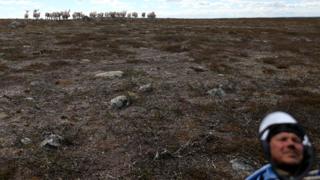 Image copyright
Image copyright
Reuters

The fight for this land may be a hint of future tussles between preservation and development in the Arctic as melting ice allows the region to open up to shipping and industry.
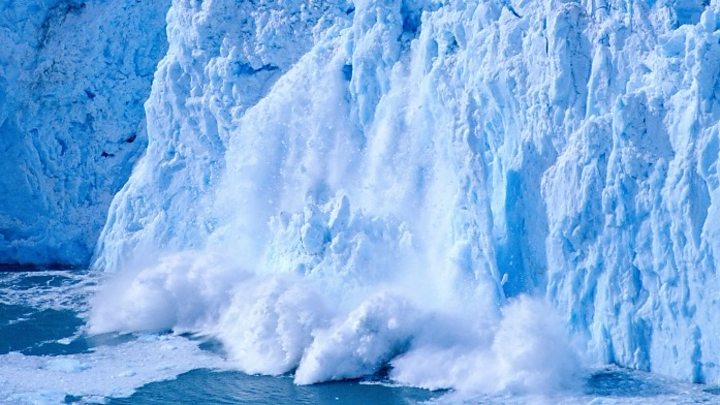
Media playback is unsupported on your device
All pictures are subject to copyright.








